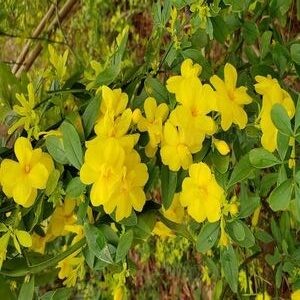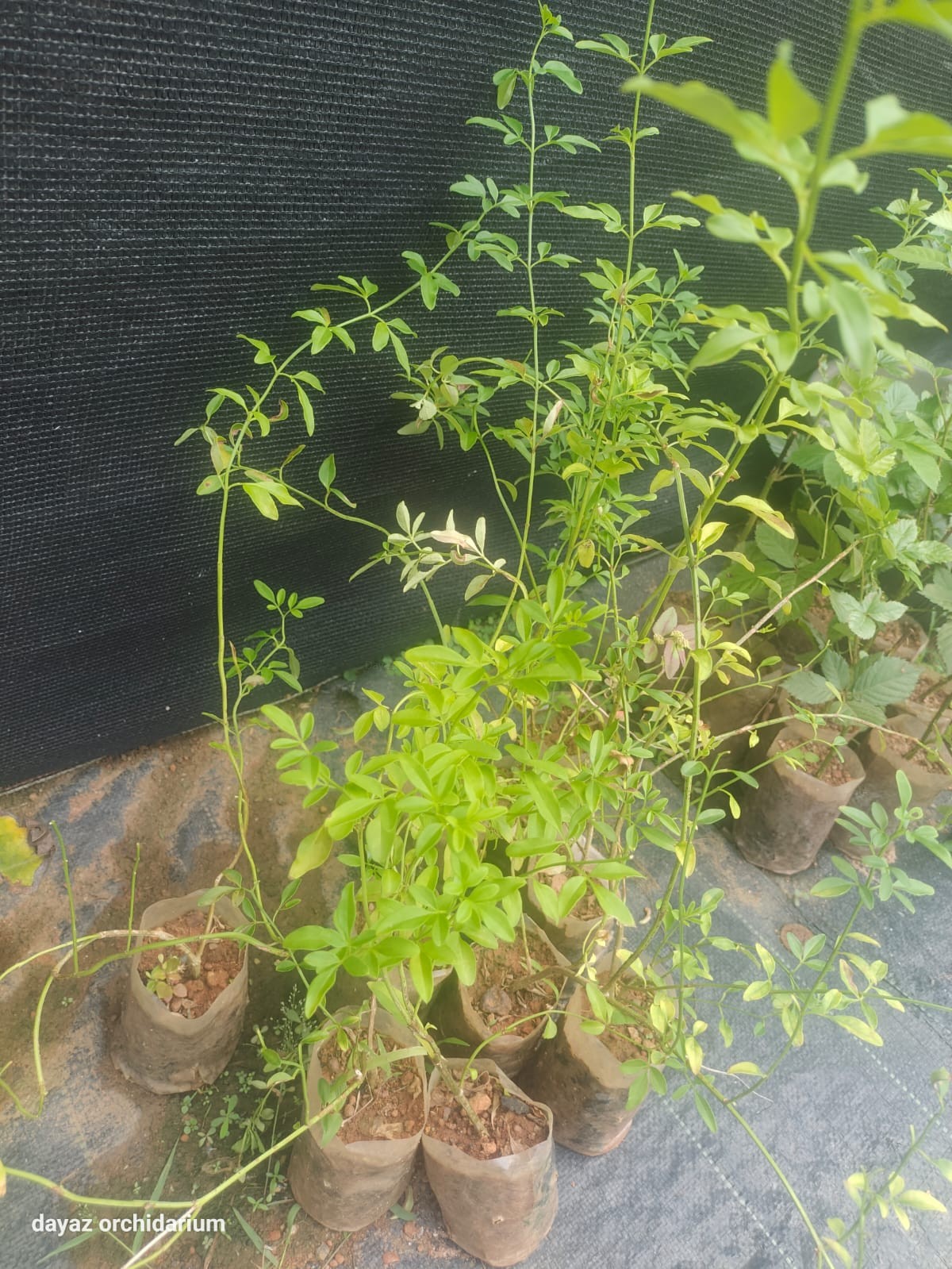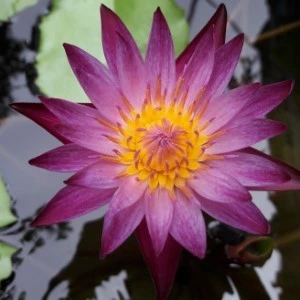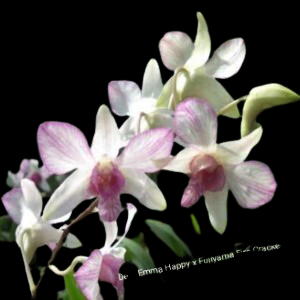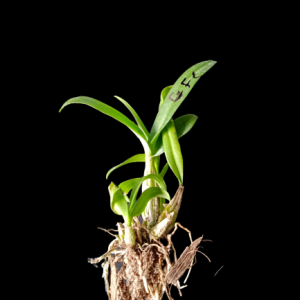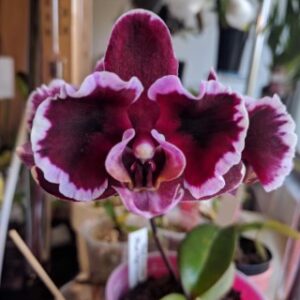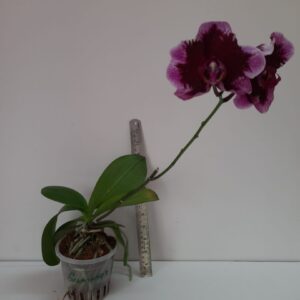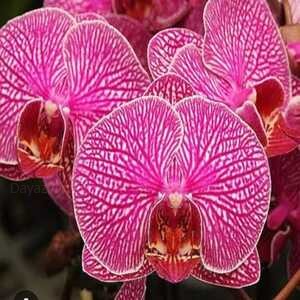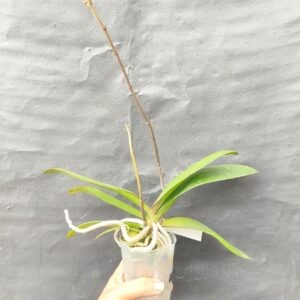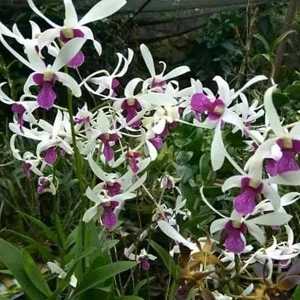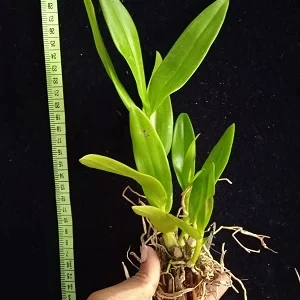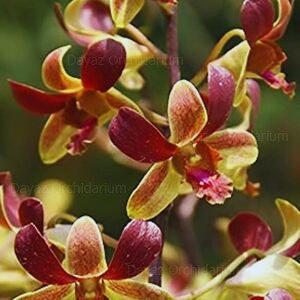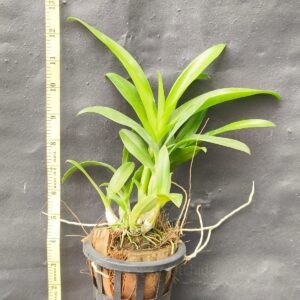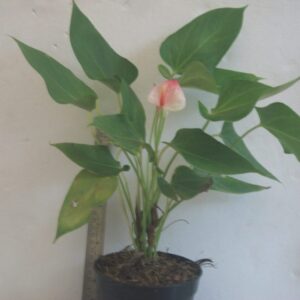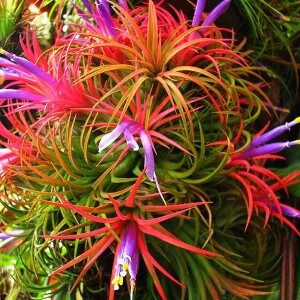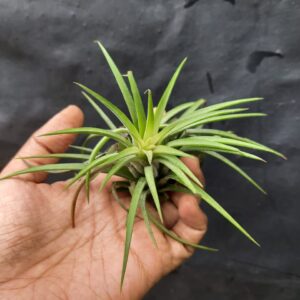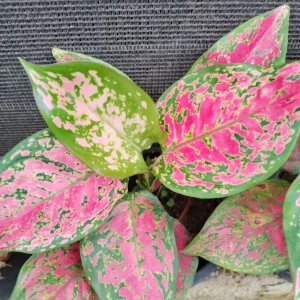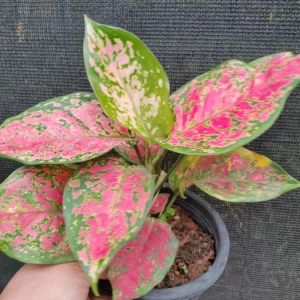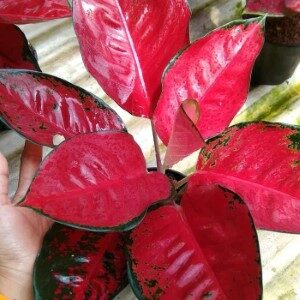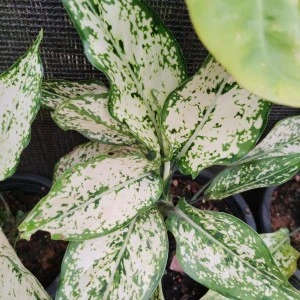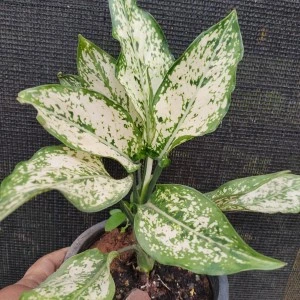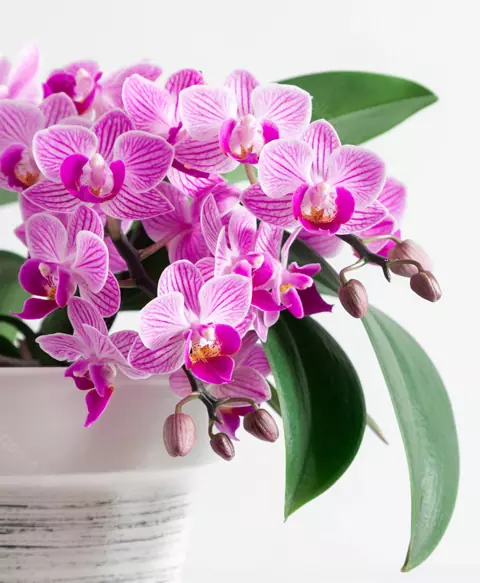Planting
Location: Choose a spot with full sun to partial shade. More sunlight encourages better flowering.
Soil: Prefers well-drained soil, rich in organic matter. It can tolerate various soil types but thrives best in loamy soil.
Watering
Frequency: Water regularly during the growing season. Keep the soil moist but not waterlogged.
Drought Tolerance: Once established, it can tolerate some drought, but regular watering promotes better growth and flowering.
Pruning
Timing: Prune after the flowering season to shape the plant and remove any dead or damaged stems.
Method: Cut back long, arching stems to encourage a bushier growth habit.
Fertilizing
Type: Use a balanced, slow-release fertilizer in the spring.
Frequency: Fertilize once a year in early spring to support healthy growth and flowering.
Propagation
Method: Can be propagated by cuttings or layering.
Cuttings: Take semi-hardwood cuttings in summer, dip them in rooting hormone, and plant them in a pot with well-draining soil.
Layering: Bend a low-growing stem to the ground, cover a section with soil, and secure it in place until roots develop.
Pests and Diseases
Common Pests: Generally pest-free but occasionally can be affected by aphids or spider mites.
Diseases: It is relatively disease-resistant but ensure good air circulation to prevent fungal issues.
Winter Care
Hardiness: Hardy in USDA zones 8-11. In cooler climates, it may need protection during winter.
Protection: Mulch around the base of the plant to protect roots in colder areas.
Primrose Jasmine is a relatively low-maintenance plant that rewards gardeners with beautiful, fragrant blooms.

